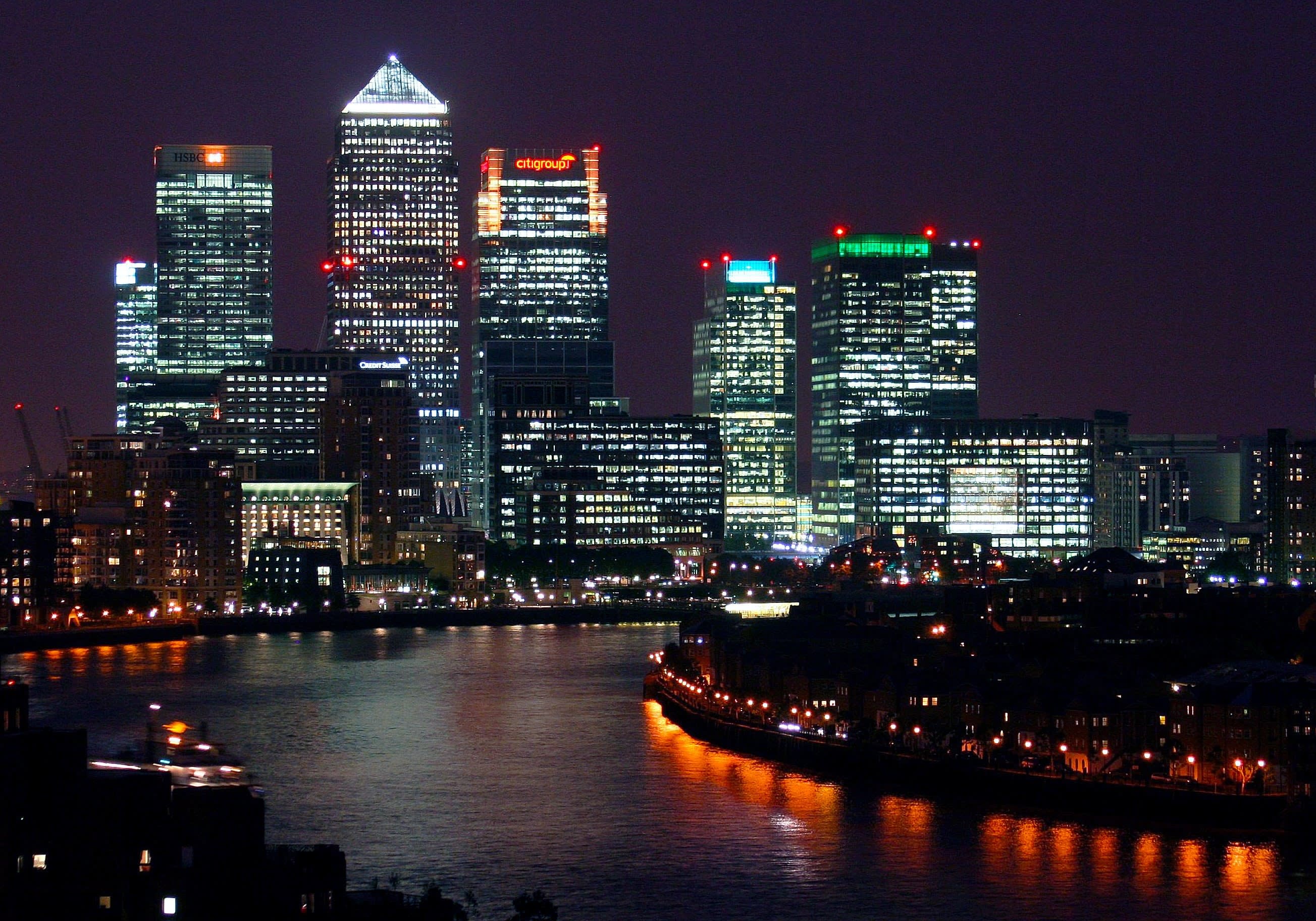What is really happening in the commercial property market?

Even prior to the pandemic, changes to working habits, demographics and environmental concerns were changing the landscape for property investors.
The pandemic and its aftermath may have accelerated some of those trends, and just as investors began grappling with the implications of those futuristic trends, the more traditional challenges faced by property investors of rising interest rates and economic slowdown have begun to emerge.
But as the hardships of the pandemic era recede into the distance, speculation is starting to give way to reality regarding the prospects for the market.
The most noticeable feature is there is a flight to quality.Matthew Howard, CT Property Trust
Matthew Howard, manager of the CT Property Trust, says the biggest change is that “prior to the pandemic, all property sectors moved basically in line with each other and in line with where the economy was, but now, it’s divergent.
"Different geographies and different sectors are performing in different ways. A lot of it is a function of Covid-19 having sped up long-term trends. But I think the most noticeable feature is there is a flight to quality.
"Employers are taking the view that they may need less space now with remote working, but they want offices that are environmentally friendly, and have facilities perhaps like gyms and eating spaces within the offices.
"With those sorts of offices there is actually rental growth right now. But a good example of what it is like in other areas of the market is HSBC have announced they are reducing the amount of space they want in Canary Wharf by about half, and moving people to a more modern office in the City.”
He says that the number of “voids” – that is, tenantless premises – is around the same level today as it was during the global financial crisis, but that in the GFC there was not the same divergence, as all property did equally badly.
Safety first?
Andrew Singh is head of real assets research at Isio, which has large financial institutions among its clients.
He says the other factors that have negatively impacted commercial property valuations in recent years include the economic uncertainty of Brexit, and the liability-driven investments pensions issue.
This mattered to commercial property investors because such funds ascribe a future value to the the rental income on a property, and discount this against the yield available on government bonds.
Building owners will be more likely to refurbish their existing premises than build new offices, and that could mean supply stays relatively limited.Andrew Singh, Isio




